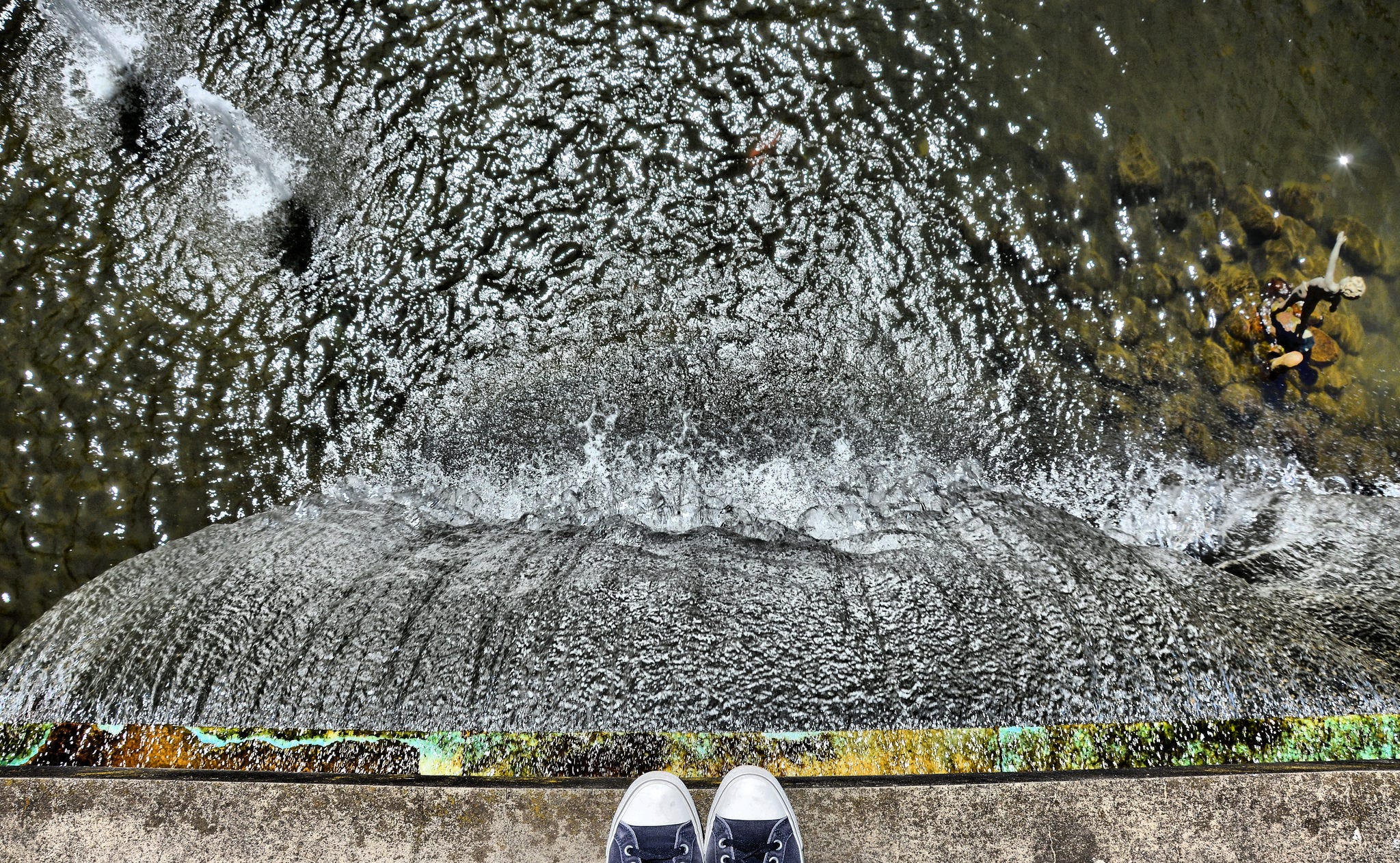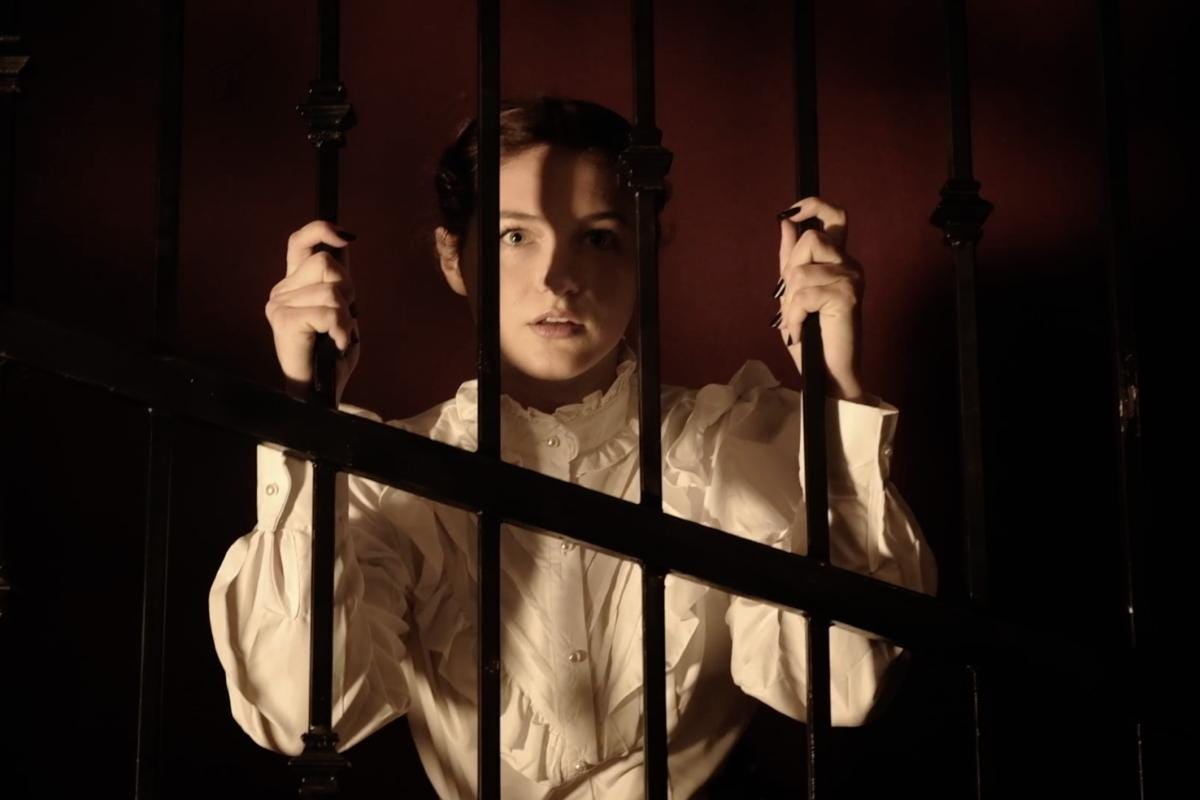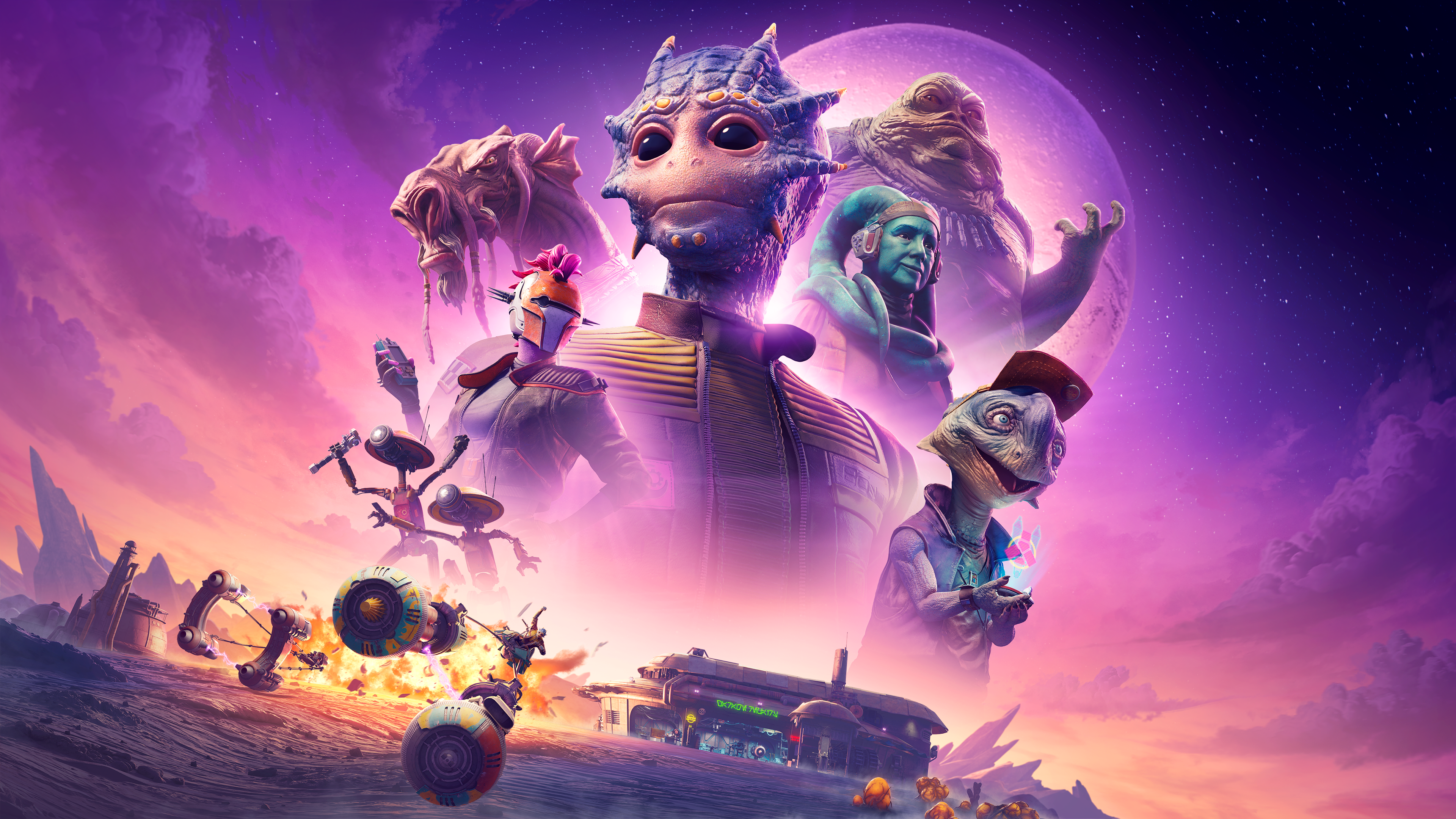
If you’re reading this there’s a good chance a friend sent you here. Or you’ve landed on this page thanks to hearing the words “immersive theatre” and allowing your curiosity to get the better of you, even if the cynical part of your brain wants to dismiss the term as a buzzword.
Let’s dispel that notion: immersive theatre is far from a buzzword. It’s a practice that has been around for a long time, operating under different names. This isn’t, however, a history lesson. Our aim is to help you get started exploring the ever-expanding field of immersive experiences, and to help you navigate some of the shades of differences between the different kinds of work out there.
No article on the internet — and indeed no video, podcast, or caffeinated rambling of an enthusiast — is a substitute for getting out to a show and seeing what the fuss is about for yourself. Truly immersive theatre exists as a response to our hyper-mediated, screen-based culture. Digital technology might be used as part of the creator’s toolkit, but the experience cannot be contained within a frame.
That said, it can help to take along a map.
What’s so great about Immersive Theatre anyway?
At its heart good immersive theatre is something that feels more like an event you experienced than a performance that you witnessed. It creates a sense of presence which prompts use of the phrase “you had to be there.” If the fourth wall isn’t obliterated completely, then what is left is usually little more than a thin veil which creates a dream-like sense of being in two places at once.
When it is firing on all cylinders, an immersive theatre production is like a movie, video game, and theme park ride all rolled up into one. A living, breathing world straight out of a science fiction story. Only instead of robots ala Westworld, it is flesh and blood actors who create this illusion.
Some productions give a lot of leeway to the audience to define their experiences. We often call these “sandboxes” because they offer up a lot of latitude to play within the confines of the world they’ve built. Others grip the reigns a little tighter: putting the audience on specific tracks, somewhat like a classic “dark ride” at a theme park.
Neither of these two forms is better than the other. Instead they offer up different strengths and weaknesses. Sandboxes reward curiosity and allow for literal freedom of movement, while dark rides give creators more cinematic-like control over the show.
Both can leave you longing to get back to a place that doesn’t really exist, wondering who you could be in that other world.
But is it Immersive?
Before we leap into what to look for in your neck of the woods, there’s a couple of ideas you should probably be familiar with.
After all, “immersive” is a popular buzzword, with just about every industry in existence using it to describe the sense of being really engaged with what they are selling. Everything from books to TV shows have been called “immersive.” The word is a promise, one that often ends up being broken.
To know whether or not a new show from an unproven source might actually be immersive, there are a few signs to look for.
- Do they ask you to wear comfortable shoes?
- Do they warn you that actors may touch you?
- Is it described as a “standing” or “moving” experience?
- Is there a waiver to be signed or a spelled out code of conduct?
- Is it happening at a non-traditional venue?
All of the above are indicators that you could be dealing with a real Immersive Experience™.
At the very least you are probably dealing with what’s known as a site-specific or a site-responsive piece: that means that the production doesn’t use a stage, but instead works the action out in a more cinematic way. Going to site-specific work can often feel like you’re watching a movie from the crew’s point of view.
Now the easiest way to find truly immersive or site-specific work is to take the advice of those dedicated to their discovery. But that may not always be an option, especially if you are somewhere immersive work hasn’t really been produced.
There are also a few things to watch out for, counter-signs if you will, that might indicate that immersive is being used as a buzzword. Reserved seating is one, so are the terms “in the round” and “environmentally staged.” The later might indicate site-responsive work, but it could also just mean that characters enter and exit through the audience. We’ve seen it used both ways.
Cabaret pieces occasionally refer to themselves as immersive, but the emphasis there is still on the performance and not on the design of the experience. Not that a cabaret can’t be immersive: it’s a hit waiting to happen.
Get Noah J Nelson’s stories in your inbox
Join Medium for free to get updates from this writer.
SubscribeSubscribe
There’s a fuzzy line between immersive and “immersive”: in the former the audience is there to do something more than just watch, they are an important part of the world of the production. The difference in truly immersive experiences is one of degrees.
Where To Start
The good news is that if you’re in (or near) certain regions then there is a steady stream of immersive theatre around. The scale of the productions vary, from strictly one-on-one experiences all the way up to multi-story (in all senses of the word “story”) affairs.
New York City
- The center of theatre of all kinds in the United States, NYC is home to the longest running and biggest immersive theatre productions in the country. Most people in New York get their start with Punchdrunk’s Sleep No More, the dance-theatre production that launched this renaissance. Fans of the craft embrace Third Rail Projects’ Then She Fell as an exemplar of the form in its more intimate configuration. Both company’s work essentially have giant “START HERE” arrows pointing towards them, and sooner or later every serious student of the craft has to reckon with these shows. The good news: both Sleep No More and Then She Fell have been running for years and show no signs of stopping any time soon.
- Meanwhile the Woodshed Collective (KPOP, Empire Travel Agency) is a less-known but equally worthy company worth a look.
- Indie venue Wildrence has established itself as a platform for a rotating list of creators.
Los Angeles
- If NYC is the home of immersive theatre, then LA is the mad scientist’s lab. A host of experimental companies — to say nothing of the rich horror/haunt tradition which will get its own article — have popped up in the past few years. The downside is that there are no shows with open ended runs, but the companies to watch out for are often debuting new work. The Speakeasy Society, Capital W, and the ABC Project all are steady producers of work that often moves the local standards forward.
- The darker side of things are represnted by Delusion, Creep, and the alternate reality of The Tension/Lust Experience.
- Other companies to keep an eye out for are the award-winning Wilderness, whose piece The Day Shall Declare It made a splash with the established theatre community, and emerging companies E3W Productions, Shine On Collective and Ceaseless Fun.
San Francisco Bay Area
- With a long tradition of happenings and experimental art, some of the Bay’s best work has long been off the grid. That’s starting to change, with the ambitious Speakeasy from Boxcar Theatre and the pop-up events from Epic Immersive. The former is the first immersive piece with its own dedicated venue on the West Coast: a site-specific show with a dedication to design details. The later have made a name for themselves with a series of projects of varying scales and mediums — all of which have had short runs similar to the lengths of LA-based projects. And We Players site-integrated work is always worth a look.
Pittsburgh, PA
- Bricolage, the company behind works like OjO, STRATA, DODO, and Immersive Encounters: The Ascendants do some of the most fascinating, moving work in the country.
Baltimore, MD
- Submersive Productions is a local theatre company with a background in haunted houses, sound design, and museum exhibits who continually breaks boundaries in making inclusive, diversity-infused work.
Houston, TX
- Strange Bird Immersive are the creators of an escape room/immersive theatre hybrid called The Man From Beyond, which taps into the tradition of the Houdini Seance.
Chicago, IL
- One on One Chicago’s Andrew Lund has begun working on intimate, short form pieces. Previously The House Theatre has experimented with game/theatre hybrids (The Last Defender) while Birch House’s work keeps growing in scope.
Sante Fe, New Mexico
- The artist collective Meow Wolf doesn’t do theatre per se, but their eponymous named venue is a kind of immersive story space that sometimes doubles as a venue for the work of others. They’ve been recognized by the Themed Entertainment Association for their work, and have become a pilgrimage spot of sorts for immersive fans.
Stepping Into A Larger World
Like the future, the immersive world is always in motion. Every month new creators enter the global stage and change the dynamics of what is possible.
One way to wrap your head around what’s going on is to think of immersive theatre as something like a music genre. We’re in the early days of a new style, and each region is developing its own distinct voices. Once in a while an act breaks through to the mainstream, but the real action is in the smaller and mid-sized venues where the next big wave is emerging.
Before you know it: what used to be underground is the mainstream.
The other way is to look beyond the “theatre” part of immersive theatre and see how the design principles are reigniting creativity in everything from virtual reality to theme parks. The impact of immersive theatre can be measured as much in how performance, broken out of the all too comfortable frames of our ever-present screens, is answering a hunger for something more in our lives.
NoPro is a labor of love made possible by our generous Patreon backers. Join them today!
In addition to the No Proscenium web site, our podcast, and our newsletters, you can find NoPro on Twitter, Facebook, YouTube, Instagram, in the Facebook community Everything Immersive, and on our Slack forum.
Office facilities provided by Thymele Arts, in Los Angeles, CA.















Discussion